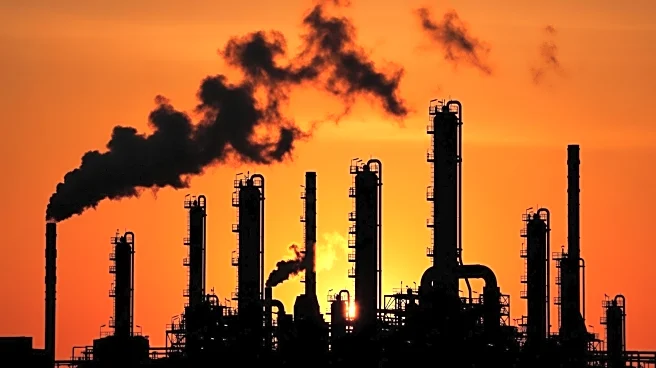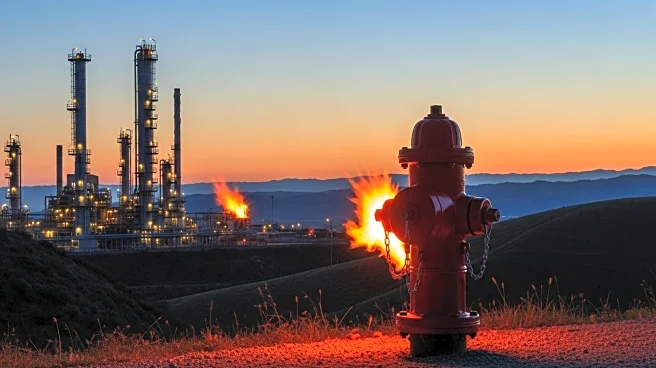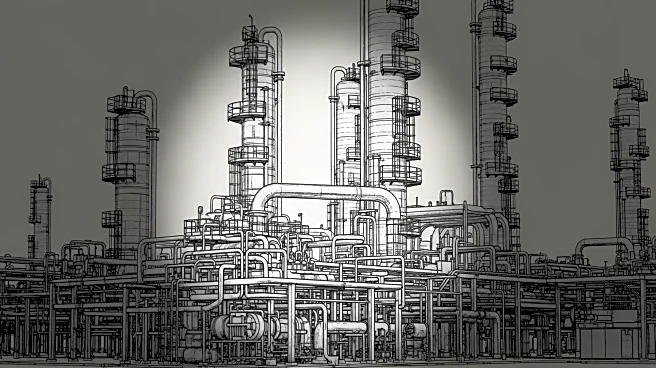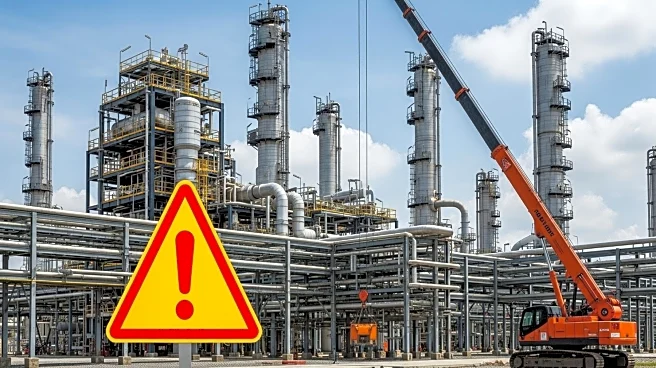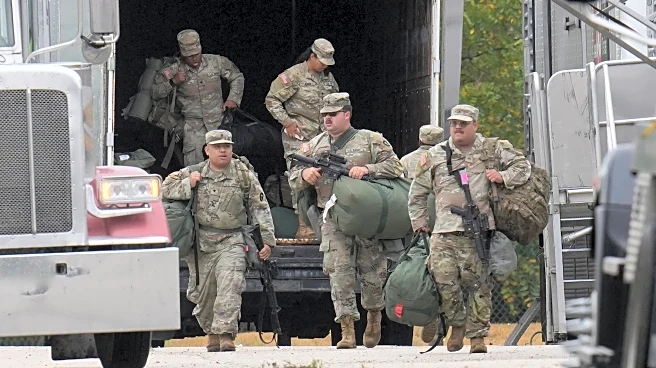What's Happening?
A significant fire broke out at Chevron's El Segundo refinery near Los Angeles on October 2, raising concerns about California's fuel supply. The fire was contained without injuries, but it affected a single process unit at the refinery, which is crucial to the state's fuel economy. The El Segundo refinery, built in 1911, is Chevron's largest on the West Coast, processing approximately 290,000 barrels of crude oil per day. It supplies about 20% of Southern California's gasoline and over 40% of its jet fuel. The incident could impact regional gasoline markets, exacerbating an already challenging situation due to California's unique fuel requirements.
Why It's Important?
The fire at the El Segundo refinery is significant because it threatens the stability of California's fuel supply, which is already constrained by limited pipeline connections and specialized gasoline blends required to meet environmental standards. Any disruption at the refinery can have immediate effects on fuel availability and prices in the region. California's reliance on local refineries and the difficulty in substituting CARB-compliant fuel from other states or imports make the state particularly vulnerable to such incidents. The fire highlights the need for robust infrastructure and contingency plans to ensure fuel supply stability.
What's Next?
Chevron will likely focus on assessing the damage and repairing the affected process unit to resume normal operations at the El Segundo refinery. The company may also implement additional safety measures to prevent future incidents. In the meantime, California may experience fluctuations in fuel prices and availability, prompting state officials to explore alternative supply options or temporary measures to mitigate the impact. The incident could also lead to discussions on improving the resilience of California's fuel infrastructure.
Beyond the Headlines
The fire at the El Segundo refinery raises broader questions about the sustainability and resilience of California's fuel supply system. As the state continues to prioritize environmental standards, it must also address the challenges posed by its unique fuel requirements and limited supply options. The incident may prompt policymakers to consider investments in alternative energy sources and infrastructure improvements to reduce dependency on local refineries and enhance supply chain resilience.

